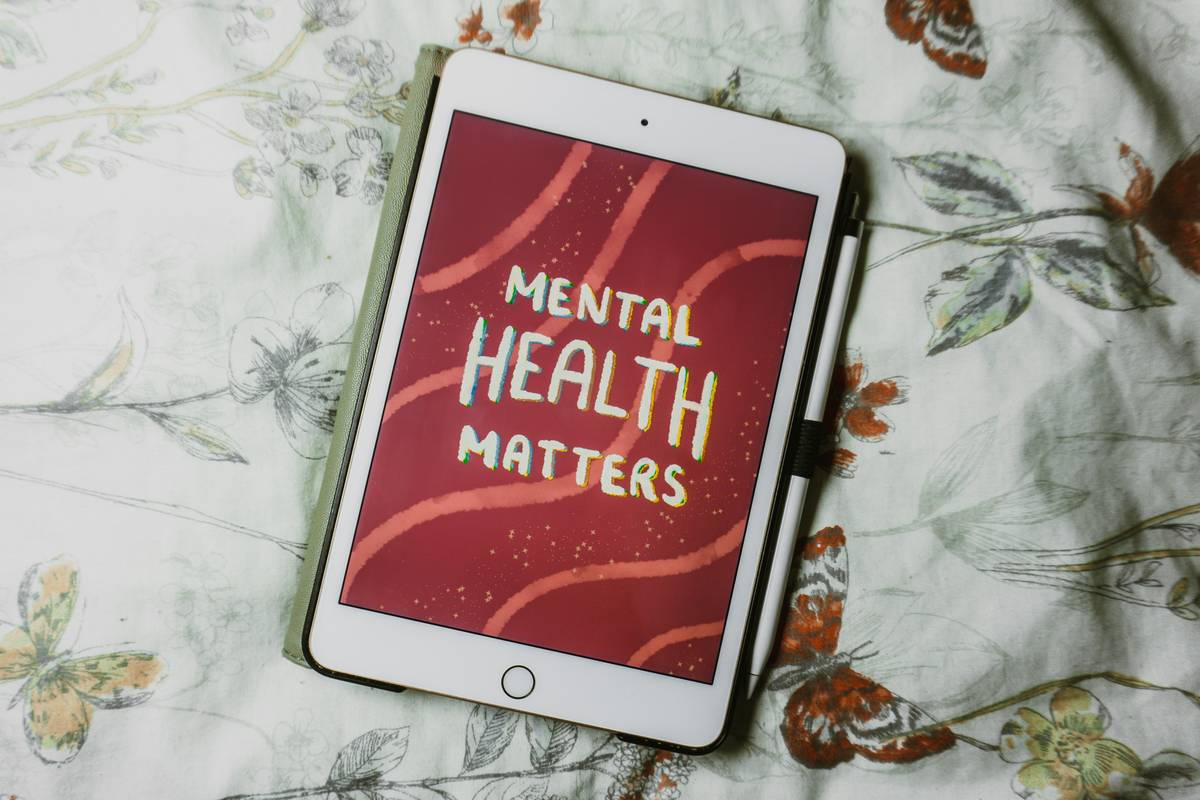Ever felt the crushing weight of your to-do list while staring at a blank screen? Yeah, us too. But here’s the kicker—what if your phone could be more than just a distraction factory?
Welcome to “Tech Relaxation Pad,” where apps designed for stress management are rewriting the rules of mental wellness. In this post, you’ll learn how these tech solutions work their magic, which ones truly deliver (and which don’t), and actionable tips to make them part of your daily routine.
Table of Contents
- Why Modern Life Needs Tech Solutions
- How to Choose and Use Your Perfect App
- Best Practices for Maximizing Results
- Real Stories: Success with Stress Management Apps
- Frequently Asked Questions About Stress Relief Tech
Key Takeaways
- A tech relaxation pad refers to apps and tools that blend technology with mindfulness techniques.
- Choosing the right app requires knowing your unique stress triggers and preferences.
- Consistency is key; using an app once won’t magically erase stress overnight.
- Some apps focus on breathing exercises, others on meditation or biofeedback—but many combine methods for holistic support.
Why Modern Life Needs Tech Solutions

Let’s get real: If modern life had a theme song, it would sound like your laptop’s fan during an all-nighter—whirrrr. Studies show that over 60% of adults report feeling stressed daily, thanks to endless notifications, information overload, and blurred boundaries between work and personal time. It’s exhausting. Remember when I downloaded *every* productivity app under the sun only to feel even worse because none worked? Total rookie move.
This is where the concept of the “tech relaxation pad” comes in. Imagine having a personal Zen assistant tucked into your pocket, ready to guide you through moments of chaos. Whether it’s leading you through guided meditations, monitoring heart rate variability, or offering cognitive behavioral therapy (CBT) exercises, stress management apps can genuinely reduce anxiety levels—and science backs them up.
How to Choose and Use Your Perfect App

Optimist You: “I’m ready to transform my life!”
Grumpy You: “Hold up—are these apps even worth my data plan?”
Fair enough. Not every app will click with you, but follow these steps to find one that does:
Step 1: Identify Your Main Stress Triggers
- Are you overwhelmed by deadlines? Look for apps focused on time management and deep breathing.
- Struggle with intrusive thoughts? Apps incorporating CBT might help reframe those pesky inner monologues.
- Need physical relaxation? Search for biofeedback-based apps that track body signals like heart rate.
Step 2: Read Reviews (Not Just Ratings)
Check testimonials from users who share similar needs. Example: I swore off one app after seeing reviews mentioning glitchy audio—it totally killed any chance of calming vibes.
Step 3: Test Trial Versions
If an app doesn’t offer free trials, consider skipping it entirely. Why commit before testing, right?
Best Practices for Maximizing Results
So you’ve found your dream app. Now what? Here’s how to actually stick with it:
- Create Micro-Habits: Start small. Try five minutes each morning, not a full hour.
- Combine Modalities: Pair your app usage with journaling, yoga, or tea rituals. Multitasking = chef’s kiss.
- Set Notifications: Yes, we’re adding MORE alerts—but trust me, they remind you to breathe instead of doomscroll.
The One Terrible Tip We Must Warn Against:
Don’t rely solely on the app. A tool isn’t a cure-all—it’s a helper. You wouldn’t expect a hammer to build a house without effort, so don’t expect an app to fix decades of burnout instantly.
Real Stories: Success with Stress Management Apps

Meet Sarah, who was drowning in freelance projects and insomnia. She started using Calm alongside her nighttime skincare routine. Within weeks, she noticed improved sleep quality and reduced panic attacks.
Then there’s James, a teacher who tried BioBase to manage classroom stress. By tracking his cortisol levels via wearable integration, he learned to recognize signs of burnout earlier—and took proactive breaks throughout the day.
(Pro tip: Keep a gratitude journal to document progress.)
Frequently Asked Questions About Stress Relief Tech
Q: Do these apps really work?
Absolutely—if used consistently. They teach skills you can apply offline too!
Q: Which app is best for beginners?
Headspace and Fabulous are both user-friendly picks perfect for first-timers.
Q: Can kids benefit from stress management apps?
Yes! Many apps have kid-friendly features tailored to younger audiences.
Conclusion
We’ve covered a lot today—from why stress is rampant to how a tech relaxation pad can flip the script on anxiety. The bottom line? These apps aren’t magical fixes—they’re powerful companions if paired with consistent practice.
So go ahead, download something new, experiment, and embrace the process. And hey, maybe toss out that toxic #Workaholic pride while you’re at it.
Stay grounded, stay curious. Peace out 🖖.
Like dial-up internet, the buzz fades away... In its place, calm reigns.


